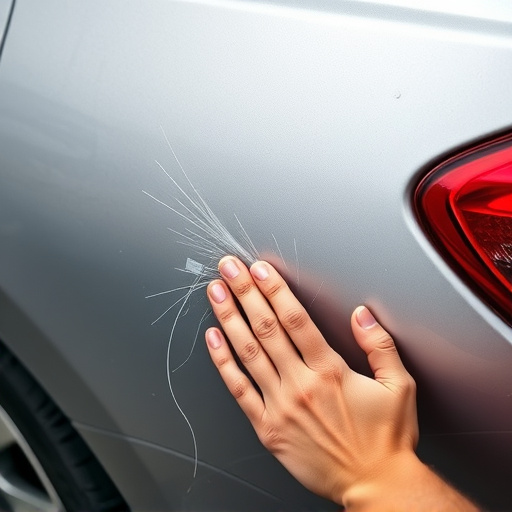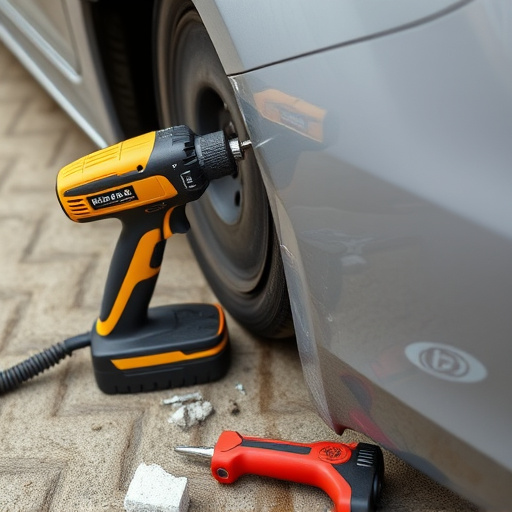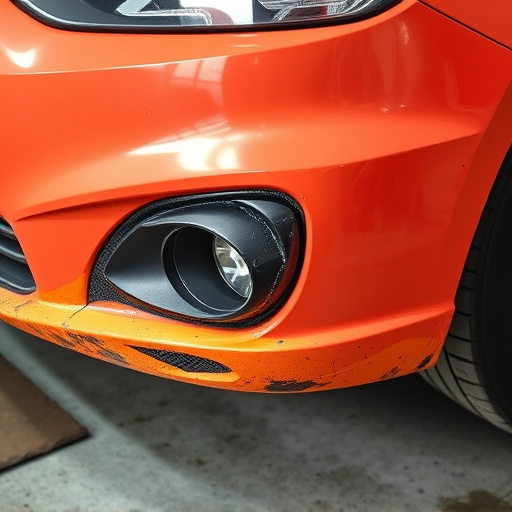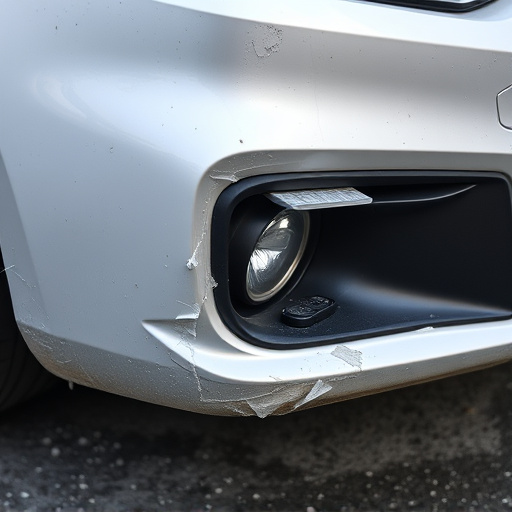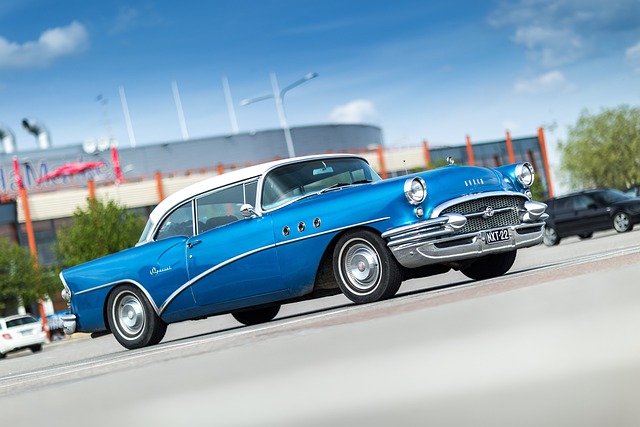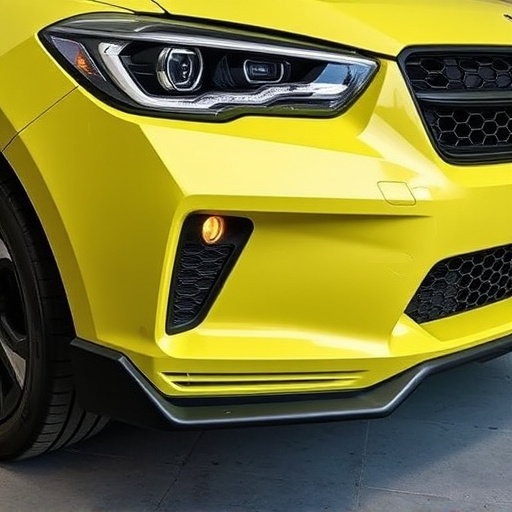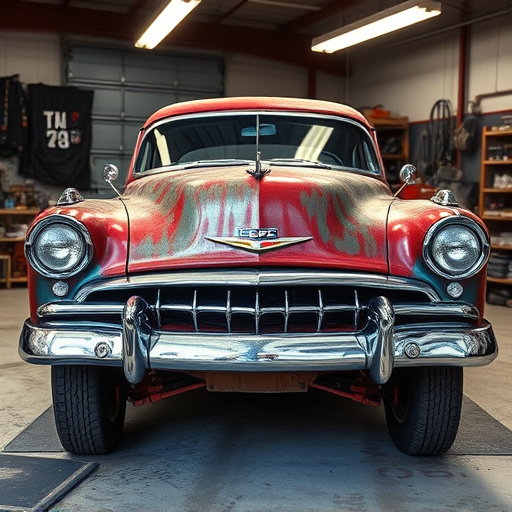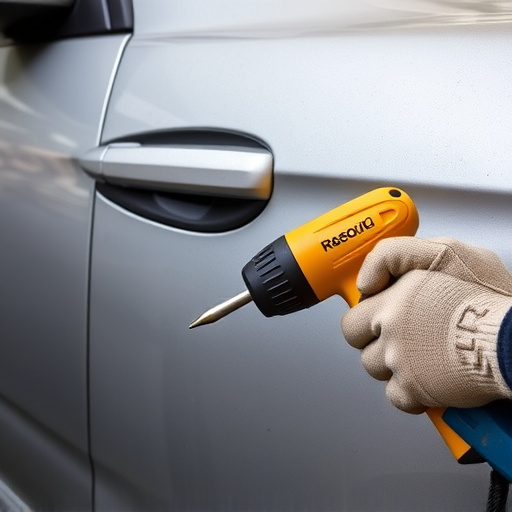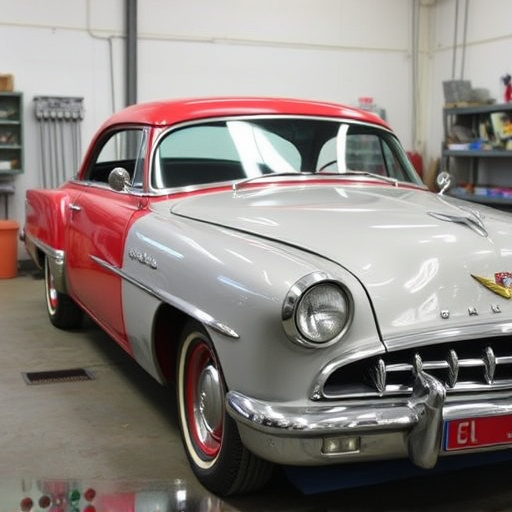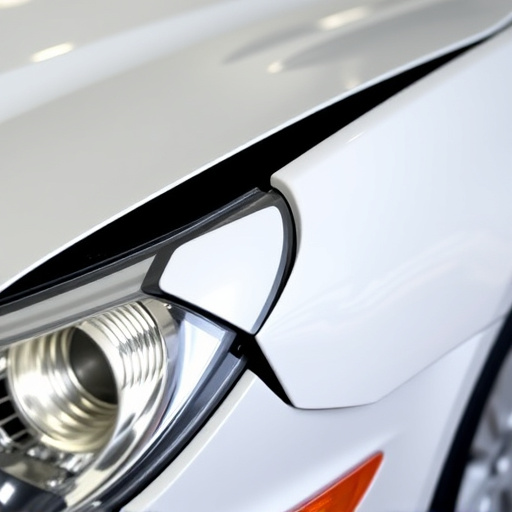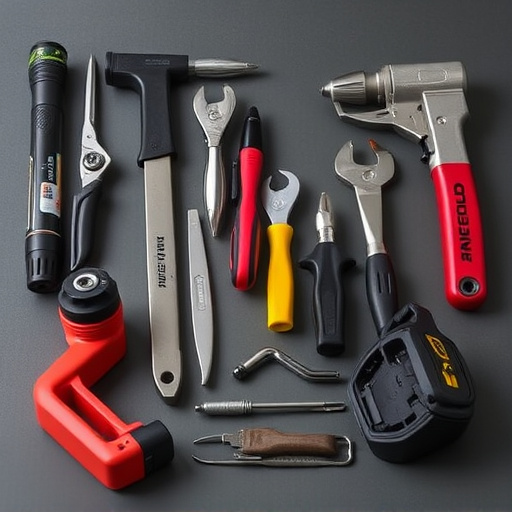Vehicle frame inspection is a critical process using advanced tools and manual techniques to assess structural integrity, identifying issues like damage, deformities, or rust from accidents or manufacturing defects. Regular inspections prevent costly repairs, enhance safety, and are essential for automotive restoration, ensuring stability and performance in collision centers. Skilled technicians employ advanced methods for vehicle dent repair and meticulous craftsmanship on luxury vehicles.
Vehicle frame inspection is a critical process in ensuring automotive safety. This comprehensive guide delves into the intricacies of understanding various inspection techniques, highlighting common structural problems often revealed during these checks. By exploring real-world scenarios and implementing effective prevention and repair strategies, we emphasize the importance of robust vehicle frame inspections for enhanced road safety.
- Understanding Vehicle Frame Inspection Techniques
- Common Structural Problems Unveiled
- Prevention and Repair Strategies for Enhanced Safety
Understanding Vehicle Frame Inspection Techniques
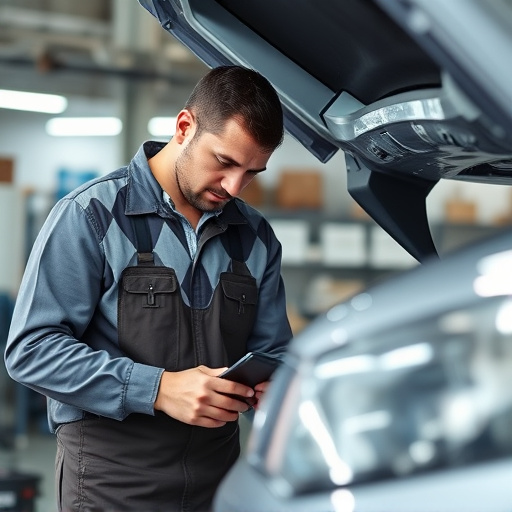
Vehicle frame inspection is a critical process that involves meticulously evaluating the structural integrity of a vehicle’s frame. This technique is essential for identifying any damage, deformities, or weaknesses in the frame, which can be caused by various factors such as accidents, neglect, or manufacturing defects. By employing advanced diagnostic tools and manual examination, professionals can uncover hidden issues that may compromise the safety and performance of a vehicle.
Different methods are employed in auto maintenance to facilitate accurate vehicle frame inspection. These include utilizing specialized equipment like laser scanners and 3D measurement systems, which capture detailed data about the frame’s dimensions and any anomalies present. Additionally, skilled technicians perform manual checks, examining the frame for signs of rust, misalignments, or structural instability. Such meticulous assessments are crucial in the field of automotive restoration, ensuring that vehicles are safe to operate and providing valuable insights for repair or renovation projects.
Common Structural Problems Unveiled
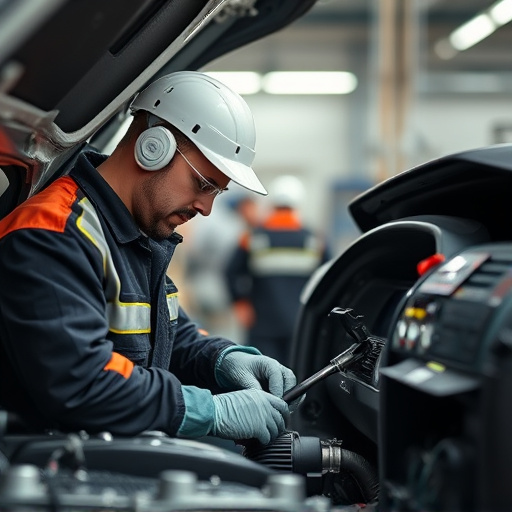
During a thorough vehicle frame inspection, several common structural problems come to light. One of the most frequently observed issues is damage to the chassis, which can result from various factors such as accidents, road debris, or manufacturing defects. These flaws manifest as dents, cracks, and misalignments, compromising the vehicle’s overall stability and safety.
Another area of concern often revealed during inspections is faulty welds in the car bodywork. Inadequate welding practices can lead to weak connections between various components, making it easier for damage to spread during subsequent accidents or routine driving conditions. Proper vehicle frame inspection plays a pivotal role in identifying such weaknesses, paving the way for necessary repairs and ensuring the structural integrity of the automobile, ultimately contributing to enhanced road safety and performance in case of future incidents, especially in a collision center.
Prevention and Repair Strategies for Enhanced Safety
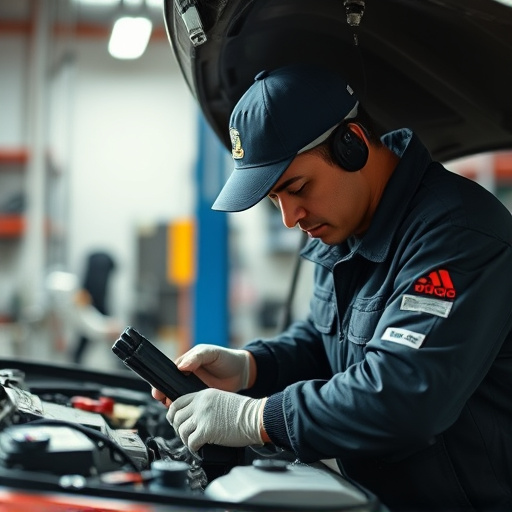
Preventative measures play a pivotal role in ensuring the safety and structural integrity of vehicles. Regular and thorough vehicle frame inspection is paramount. This includes checking for signs of corrosion, damage from accidents or previous repairs, and proper alignment. Early detection of these issues allows for timely intervention, preventing what could escalate into costly and hazardous problems. Implementing best practices during ownership, such as regular washing to prevent salt corrosion and immediate addressing of any unusual noises or handling issues, can significantly extend the lifespan of a vehicle’s frame.
When damage does occur, whether from an accident or everyday wear and tear, effective repair strategies are essential for enhanced safety. Skilled technicians employ advanced techniques and specialized tools for automotive restoration, ensuring that repairs are not just structural but also aesthetic. For example, in cases of vehicle dent repair, precision is key to restoring the original shape and integrity of the frame without compromising strength. Luxury vehicle repair specialists understand the intricate details and high standards expected in premium vehicles, guaranteeing meticulous craftsmanship for both prevention and restoration.
Vehicle frame inspection is a critical process that uncovers structural integrity issues, ensuring the safety of drivers and passengers. By understanding common problems like corrosion, misalignments, and damage, automotive professionals can implement effective prevention and repair strategies. Regular frame inspections not only identify potential hazards but also contribute to improved vehicle longevity and performance, making it an indispensable practice in today’s automotive industry.
